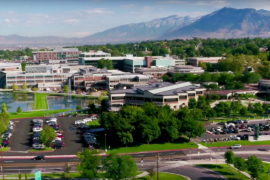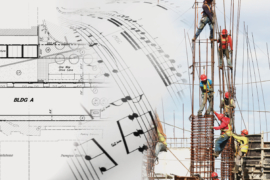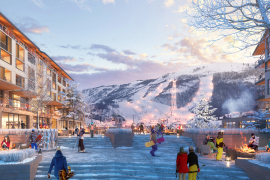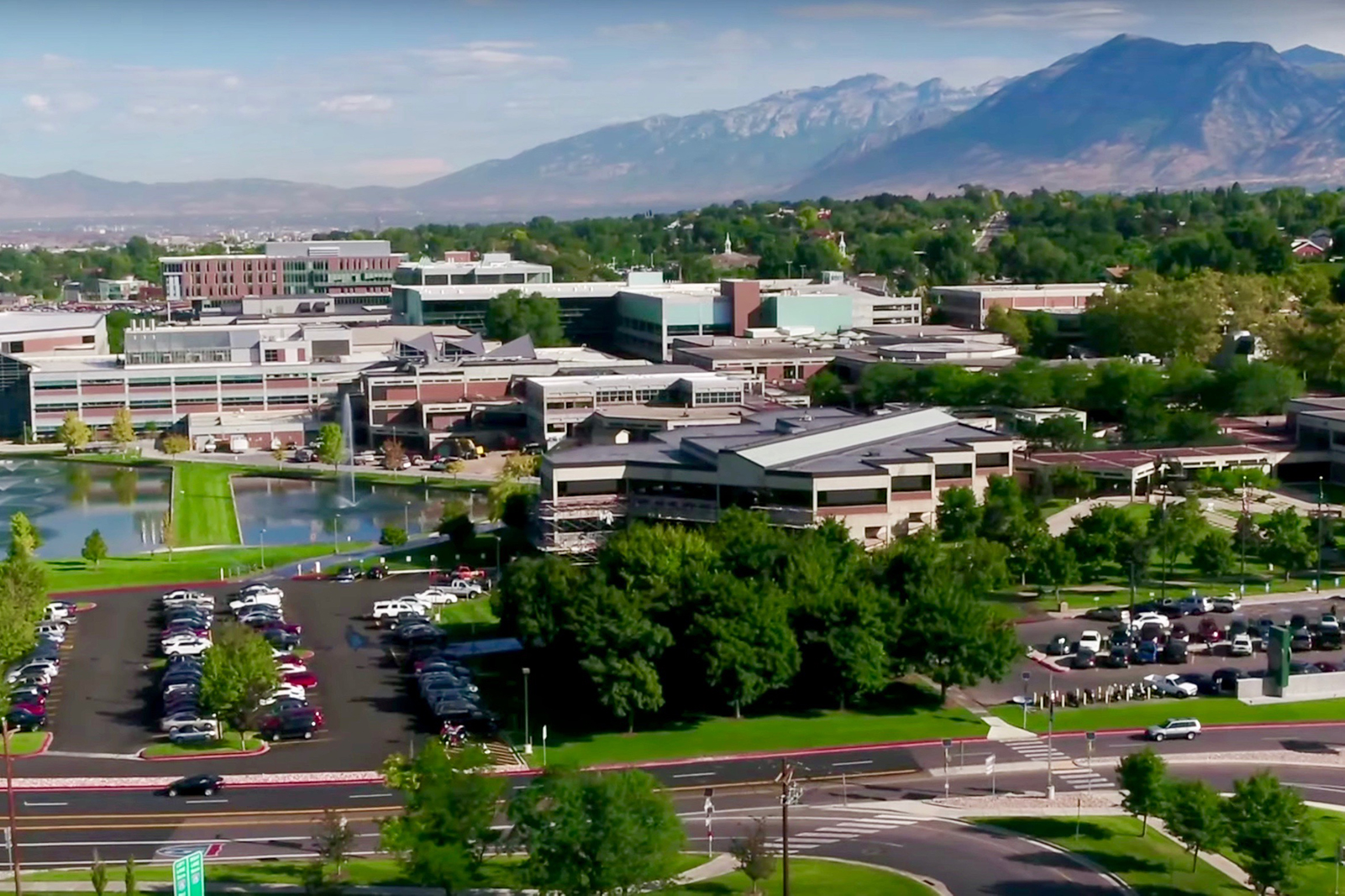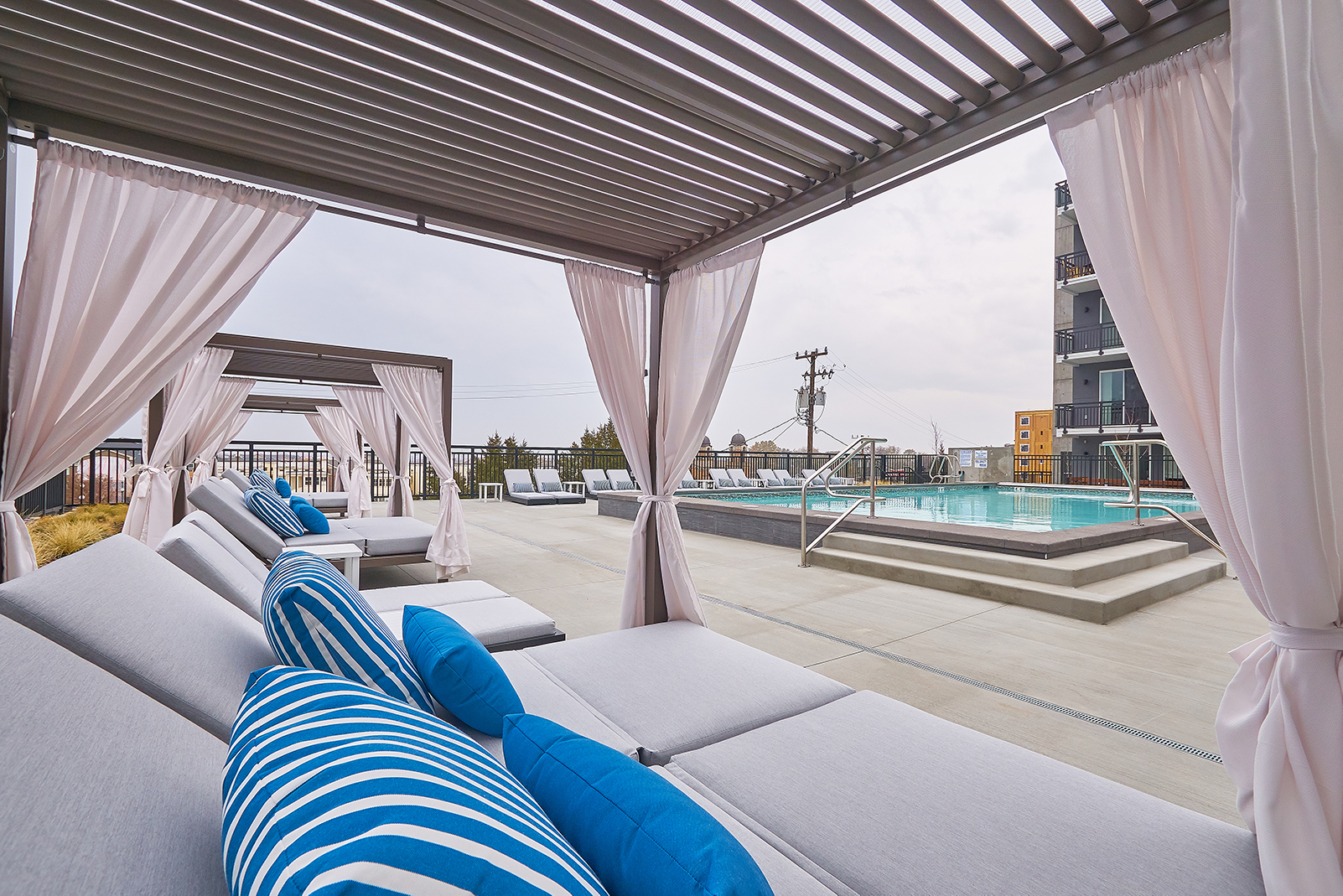Growing up in the small Utah County town of Salem, I remember the mixed emotions I felt as a teenager when the first traffic signal was installed on our main thoroughfare. It was exciting to see growth and change in our little community, but I felt that some of the quaintness of the area was forever going to be lost. On a much larger scale, we’re currently witnessing similar reactions to the rapid growth occurring in population centers across Utah and throughout the West. While it is understandable that some people fear changes to their communities, the secret is out: Utah is a great place to live, with a strong, diverse economy and an educated workforce. Realizing that growth is inevitable, how are those of us who value the rural charm of yesteryear Utah supposed to reconcile our nostalgia for the past with the growing population demands of the future? I suggest we seek to understand and direct growth as proactively as we can.
One of the major misconceptions many Utahns seem to hold is that the growth is being driven by in-migration. It’s all those darned Californians, right? The reality is that two-thirds of our population growth is from natural increase, meaning it’s largely our own children and grandchildren who want to stay here to enjoy the quality of life, job opportunities, and proximity to family. That ought to make people think twice the next time they oppose that new apartment building or residential subdivision in their neighborhood.
To avoid becoming a victim of our own success, Utah needs to make great strides in housing supply and affordability. Basic economics teach us that scarcity increases cost. According to the Salt Lake Chamber and the Gardner Institute, Utah’s “housing gap” currently stands at approximately 54,000 units. Household formation has outpaced construction, pushing costs higher and forcing people into less-than-ideal housing situations. The stunning mountains and lakes along the Wasatch Front only exacerbate the problem. Cities in less geographically constrained locations can simply continue to expand and sprawl out to cheaper land. However, Utah’s population centers are running into natural boundaries, leaving limited space for new development.
So, what can we do to preserve Utah’s quality of life while allowing for the continued growth that has been projected? Education and engagement at the grassroots level go a long way. Our recent interactions with the public about several of our proposed developments have revealed that misinformation and fearmongering are rampant. I am encouraged by the efforts of Envision Utah and the Chamber’s Housing Gap Coalition to plan for smart growth and address issues like housing density head-on with the public. Those of us who understand the real source of our growth and the benefits of providing a diversity of housing stock, particularly near transit nodes and in urban settings, need to educate and advocate for these uses in the public forum. To help close the “gap,” PEG Companies will continue to seek opportunities to add quality developments to the state’s multifamily housing supply.
To learn more, visit:





